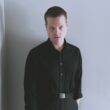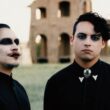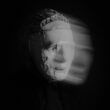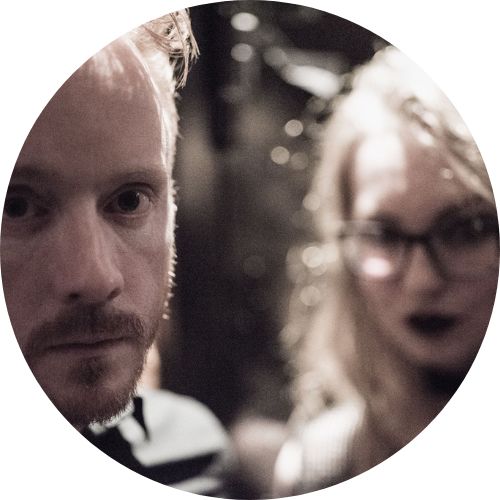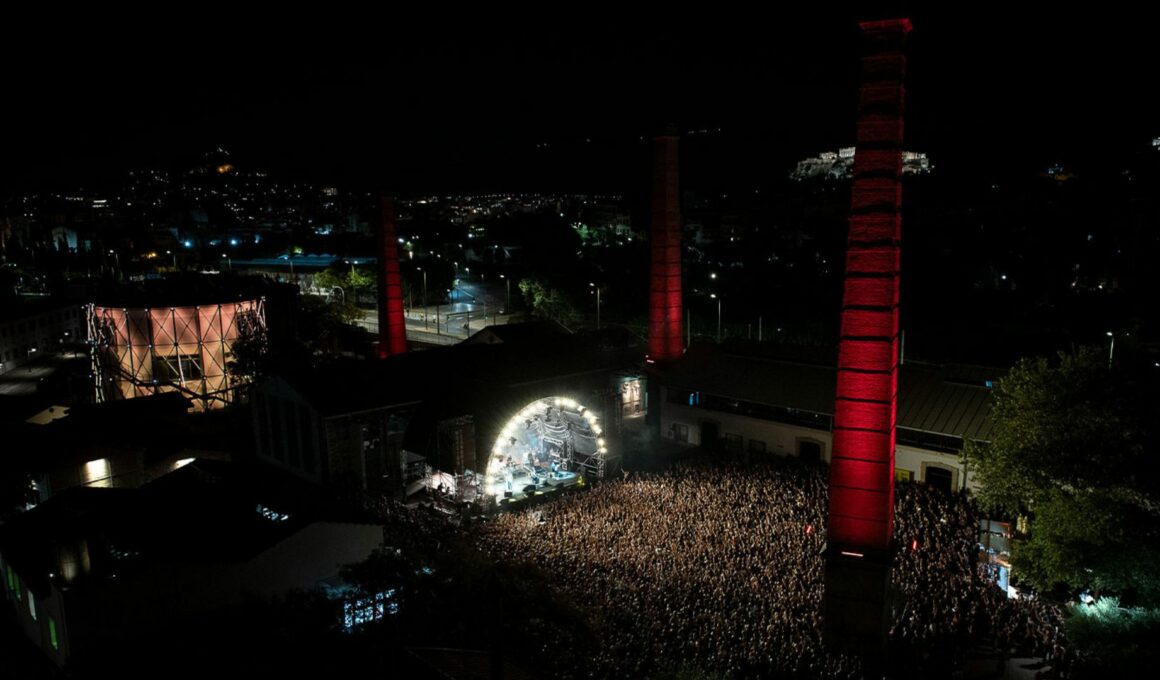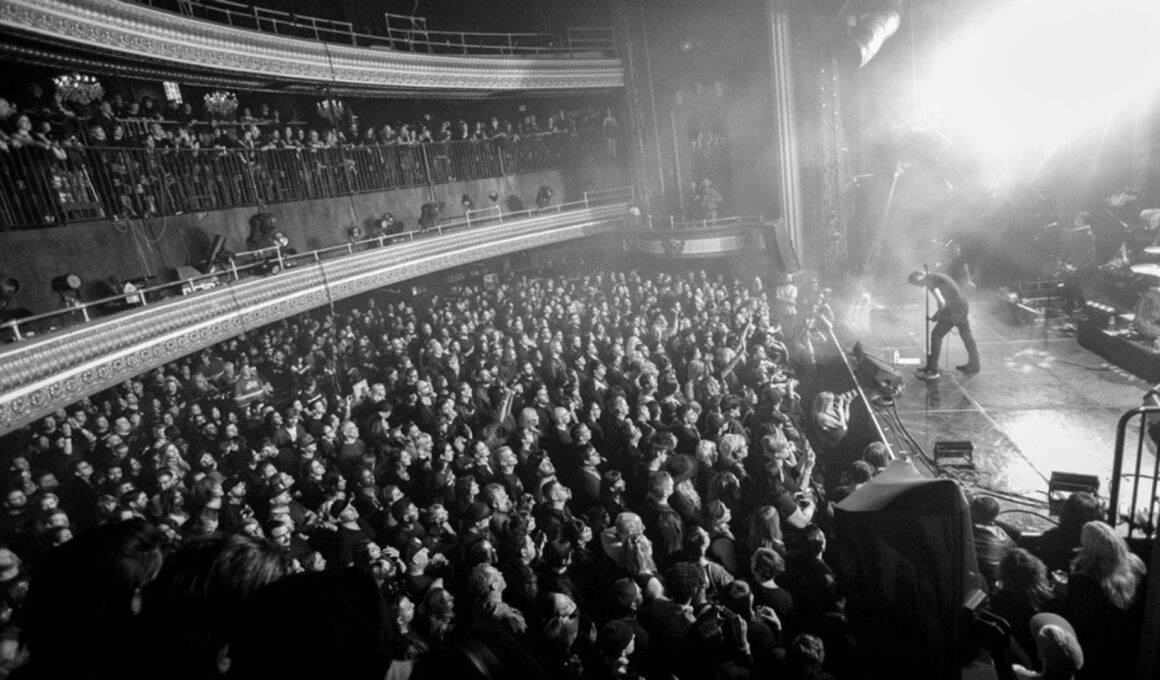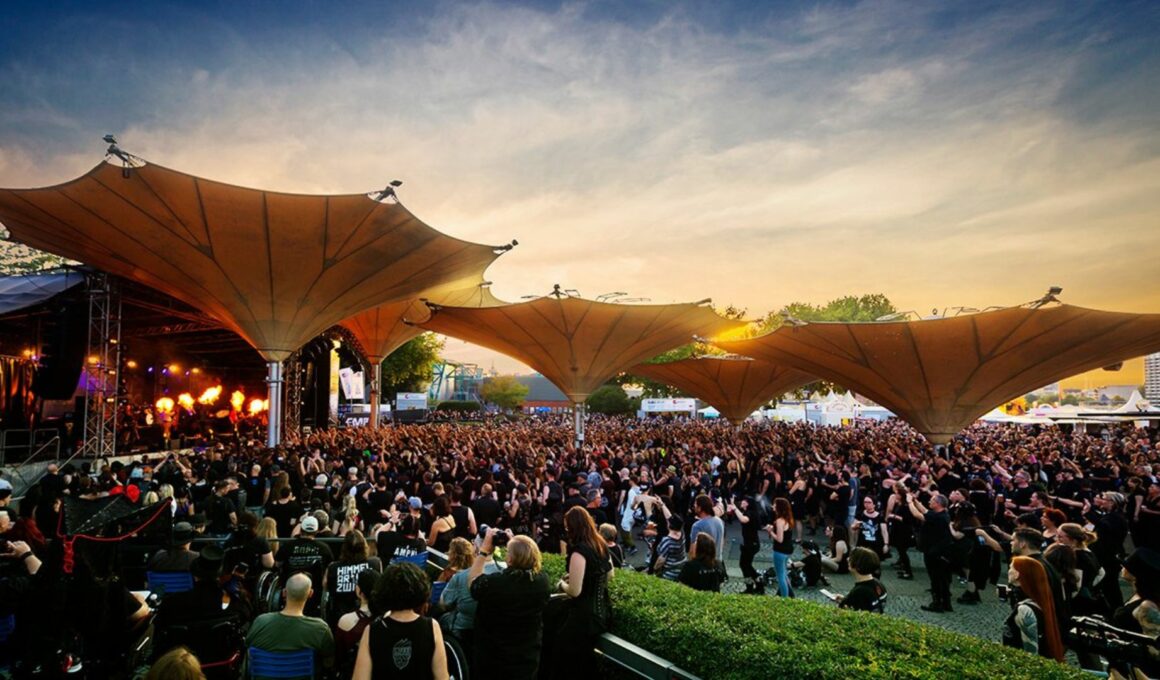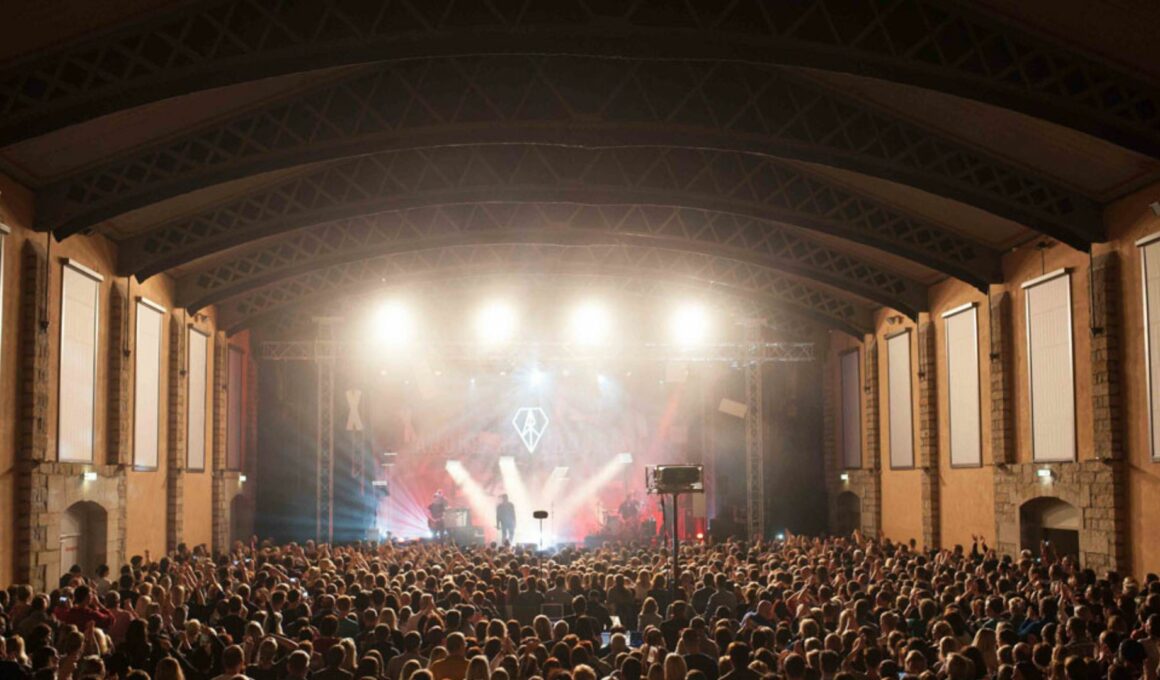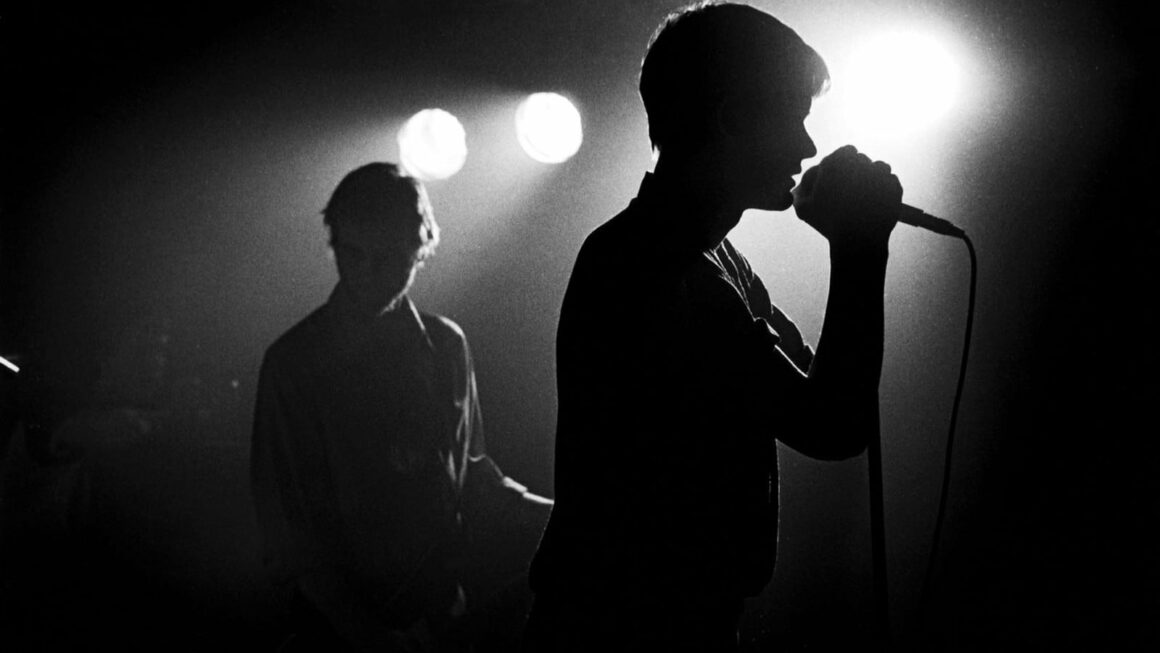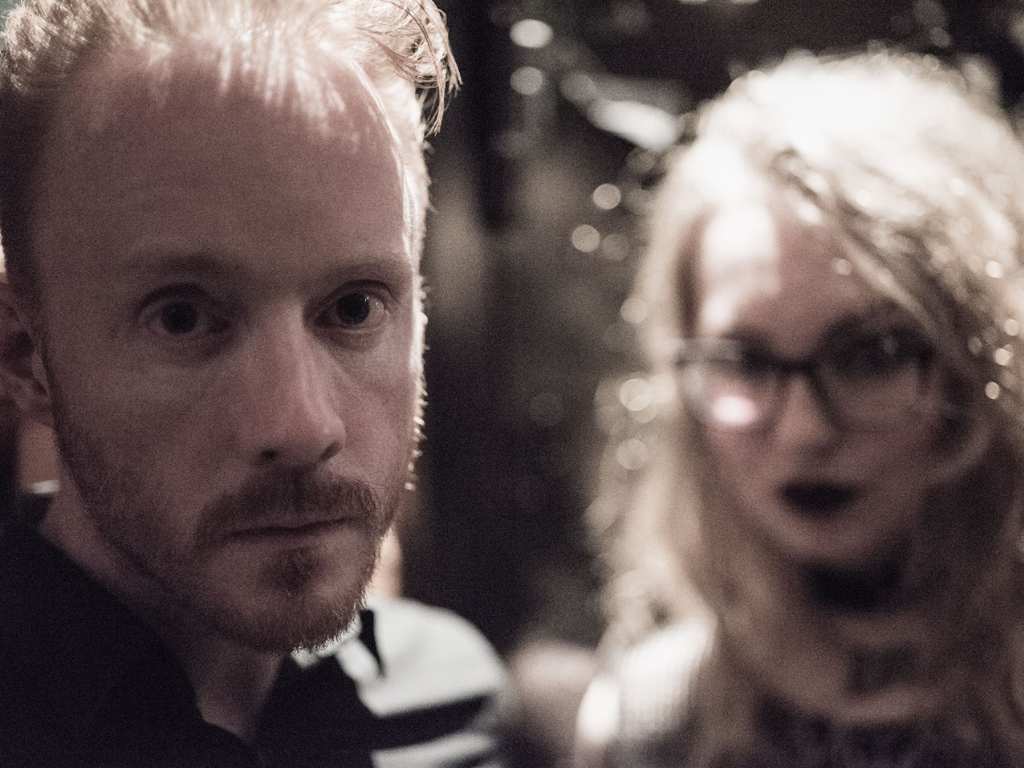
Furio Artist Portrait: Bragolin (NL)
How the Dutch dark wave project is creating a sonic horror movie spanning various decades.
Is it possible to create a horror movie without a story? Whilst this might not be what Dutch project Bragolin set out to do, they have ended up being the progenitors of a selection of gothic and macabre art. Their music settles not through anything overt but more because of its knack for going slightly sideways of what people would expect. Their aesthetics take less after the outright horror of the eighties and instead look more toward high culture, urban legends, and post-apocalyptic lore. What listeners are left with is a sense of unease with shoegaze guitars and eighties synths layered over the top.
Bragolin are signed to record label Young and Cold Records, in keeping with their left-for-dead, fatalistic aesthetics. Here they released their debut LP in 2018, I Saw Nothing Good So I Left. Their long song titles and human snapshots as opposed to supernatural horror create a dark and gritty, urban uneasiness. And a collaboration with Adam Tristar in 2019 has definitely set them aside as a really niche band with an inner circle that sees the same intricate and grotesque world as they do. Back in 2018, Bragolin’s lineup consisted of Edwin Van der Velde and Maria Karssenberg. The latter left in 2020 however, before Edwin Daatselaar joined the group. Interestingly, Van der Velde and Daatselaar are also members of another project – the Dutch-language band Zwarte Poëzie.
The name Bragolin comes from Italian painter Giovanni Bragolin, who is famous for a series of paintings called The Crying Boys. One of these paintings is even said to be cursed. Indeed, there is a melancholy similarity to the Dutch master in keeping with the muted tones of Bragolin’s videos. This love for art also shows in the album cover for their debut which has the shadows and contrasts of a Vermeer painting while simultaneously recalling the pre-Raphaelite artists of the Victorian era. Cultured? Certainly, however, Bragolin can just as easily be enjoyed without understanding any of their references.
The band is doing something which wasn’t as achievable in the eras from which they take inspiration – combining mediums and subcultures. The project is close and personal. Therefore, it’s not the darkness that is surprising but how conceptual it has become. Bragolin are not a big-organised band. They are dark, they are intimate, and in being all these things they become something much greater than the sum of their parts. A melange of imagery and feeling which never fails to surprise.
If the band members developed this love of darkness from their environment, it is surely their country’s attitude towards partying and laid-back tolerance which they are in some ways trying to rebel against with something more challenging. Dutch alternative music has drawn those from all over the world to its famous Tomorrowland festival. Yet Bragolin takes pride in the fact that they are better suited to the dingy basement of a warehouse somewhere on the outskirts of the city as opposed to in the middle of a big crowd. Of course, this just makes the duo even cooler.
Much of their work makes use of an effect called The Uncanny Valley. It normally applies to things that look human but are slightly off, such as dolls for example. However, their videography expands the concept to show entire scenes which deviate ever so slightly from normal. What is haunting is what is not shown. They create the early stages of a thriller, permanently dragged out where the killer never reveals himself. The effect is felt all throughout Bragolin’s work, whether intentional or not, as sparse melodies create a hypnotic atmosphere that draws listeners in and disorientates them.
This adds a spectacular layer of uneasiness to their music. When lead singer Edwin Van der Velde set up the project as an aside to his other band project, working in English gave him the ability to remove scrutiny from language and instead focus on atmosphere and obscure, yet haunting pieces of pop culture. 1981 horror movie The Evil Dead is used in the video for their lead single from their debut album I Saw Nothing Good So I Left, released four years ago but still hauntingly up to date. In this way, their work is not only a collage of different vignettes of life but also of other pop references with the meta effect of cultural history.
If there is an overall theme in Bragolin’s work, it is time. Time passes frenetically in both their songs and videos. The exact timing of different elements of the song arrangements ensures that the listener is taken on a journey of tension and release. Their love for all things retro, including their merchandise and visuals, draws us back to previous eras of film spanning multiple decades and influences. All of this somehow mimics the concept of time moving fast. What we are left with is an obscure film reel of snapshots of the decades and the inevitable horror with which the threat of old age and death comes to everyone’s life.
What makes Bragolin so particularly special, is their position as a retro band that exploits the concept of nostalgia and rose-tinted glasses, and completely warps it and turns it on its head. With the backdrop of decay and the passage of time, the new generations which Bragolin introduce to their influences end up staring down the spiral of music history and pop cultural horror. In the end, the real horror movie is life itself. And Bragolin have managed to capture this without the need for any melodrama, knowing that despite the horror, this is also a movie that balances beauty and contemplation at the same time.
Bragolin (NL)
Featured Image by Parcival Flohr Photography

